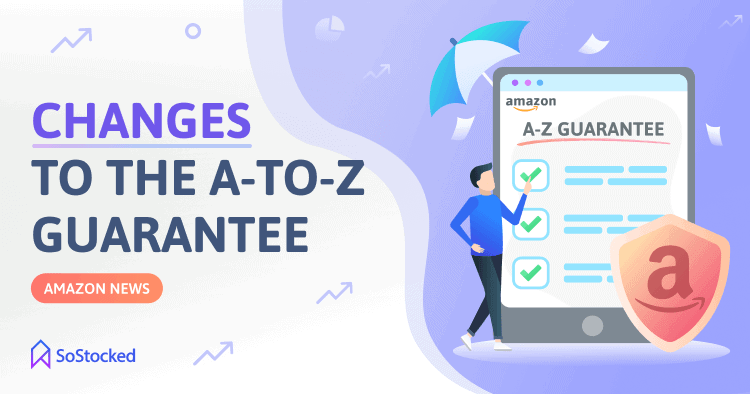
Amazon Overhauls Its A-to-z Guarantee Policies To Streamline Damages Claims
Starting September 1st, Amazon will begin paying out up to $1,000 in damages should a customer suffer harm from any products or items sold on its platform, no matter who the Seller is. Amazon says it will work with Sellers and keep them informed every step of the way when a damages dispute is initiated, but no further details have been made public about the move at this time.
Defective products can cause a lot of harm, and that harm can range from these $1,000 claims to amounts reaching into the hundreds of thousands. Nevertheless, when a product is sold on Amazon, Amazon is responsible for that product, and over time courts have been progressively deciding that Amazon should cough up the damages when a faulty item causes injury.
Amazon claims that 80% of damages claims usually amount to $1,000 or less. However, the remaining 20% is at risk of being a much more considerable sum, so while for years Amazon has been susceptible to huge liability exposure, these moves are a likely sign that the company is trying to streamline its claims process and figure out a way to limit its threat to exposure.
So, who is accountable for defective products? Regarding liability in terms of the supply chain of distribution, since every supplier, manufacturer, distributor, and retailer is on the hook for defective products, Amazon is by definition liable for the products sold on its platform. So, the $1,000 coverage could be a means of swaying consumers away from legal battles when the product in question falls into the 20% higher risk category.
On the other hand, Amazon says not only will it pay this $1,000 regardless of who the original seller is, and if they step up or not, but it is also announcing plans to start Amazon Insurance Accelerator, an initiative to help smaller sellers get product liability insurance. This new scheme likely stems from the fact that Amazon deals with many third-party vendors that it doesn’t have complete control over. Therefore, it is encouraging any vendor to get that liability insurance if that seller sells at least $10,000 per month for 3 consecutive months on Amazon, meaning that while Amazon still remains legally accountable, it has the means to deflect that liability.
Another noteworthy point worth covering under this overhaul is commingled inventory stored at Amazon warehouses. When numerous Sellers sell identical products from one location, the question of liability becomes somewhat ambiguous. But from a legal standpoint, Amazon is the distributor of these products, whether under the guise of Amazon or a third party, and remains liable.
Looking at what we know so far about the updates to Amazon’s A-to-z Guarantee, it sounds like a move intended to keep the company out of court and to swing the narrative in its favor by offering shoppers an upfront settlement, when in fact, a legal claim might be worth far more than that.
Need more information?
- Send Message: We typically reply within 2 hours during office hours.
- Schedule Demo: Dive deeper into the nuances of our software with Chelsea.
- Join Live Upcoming Webinar: New to Amazon inventory management? Learn three inventory techniques you can implement right away.
 Start Your Free Audit
Start Your Free Audit